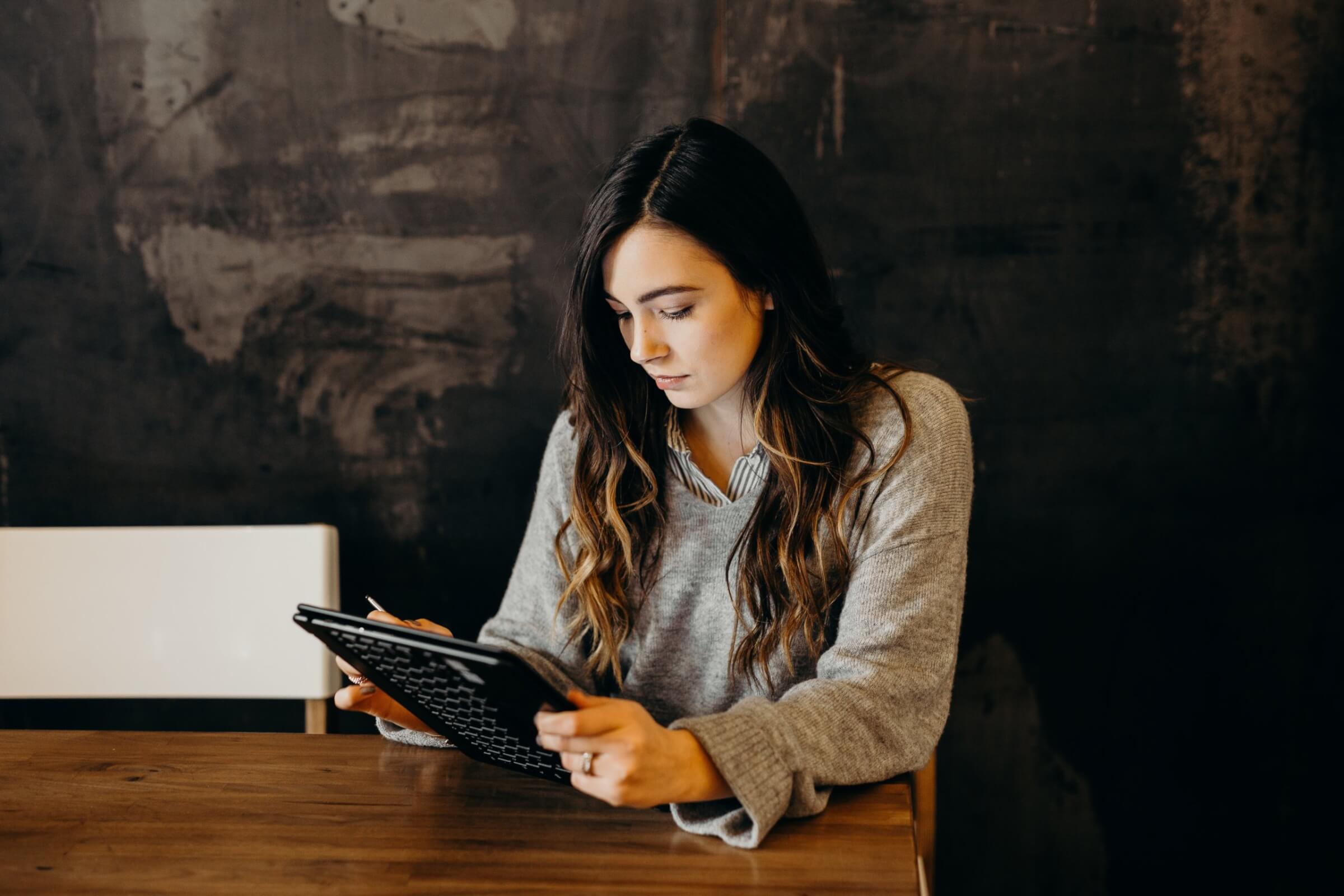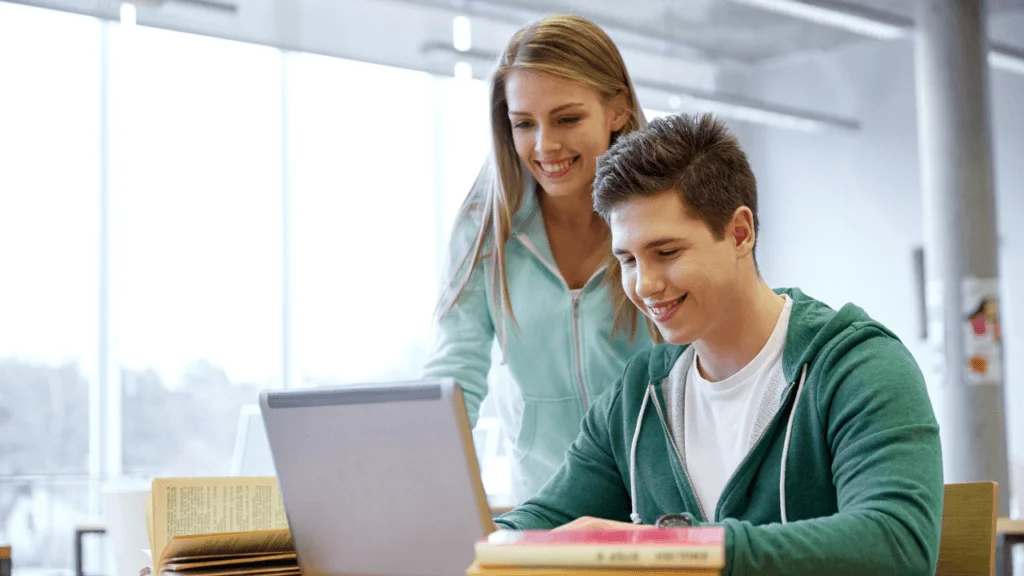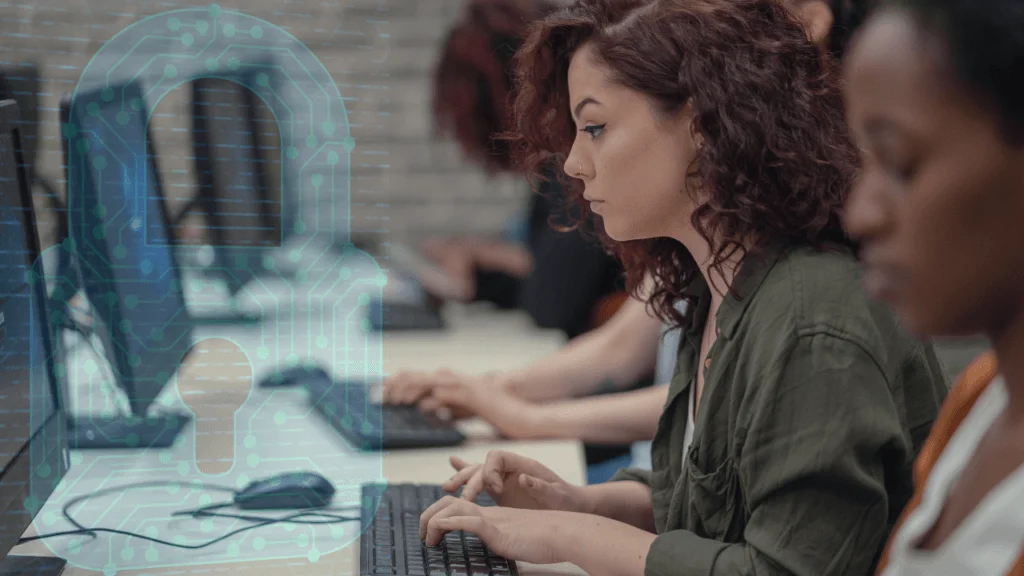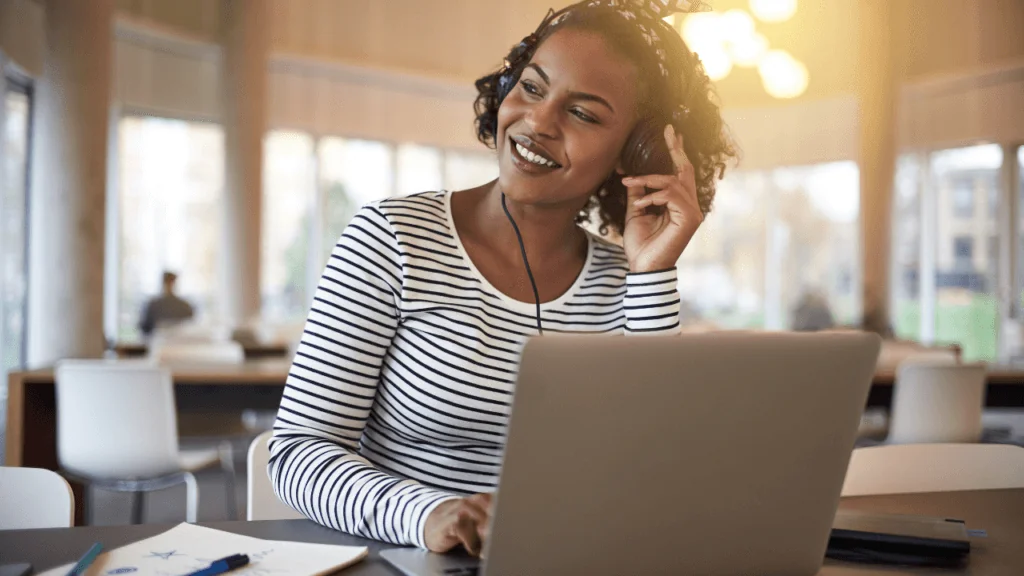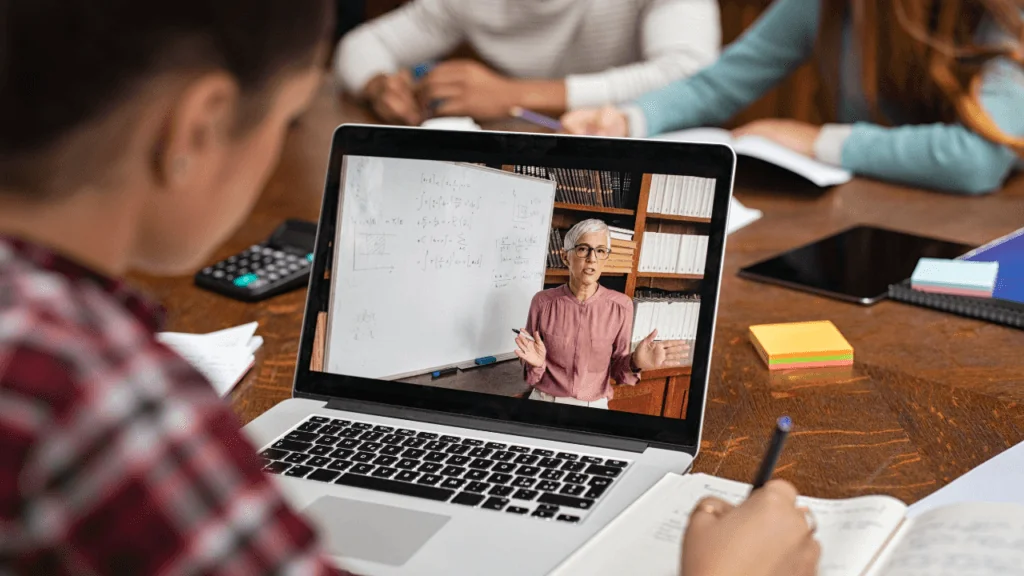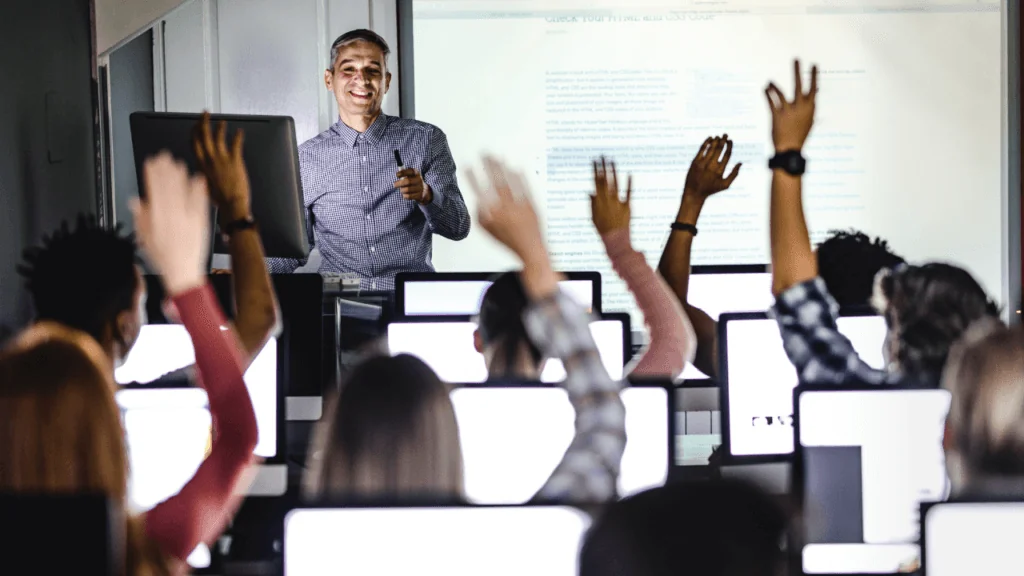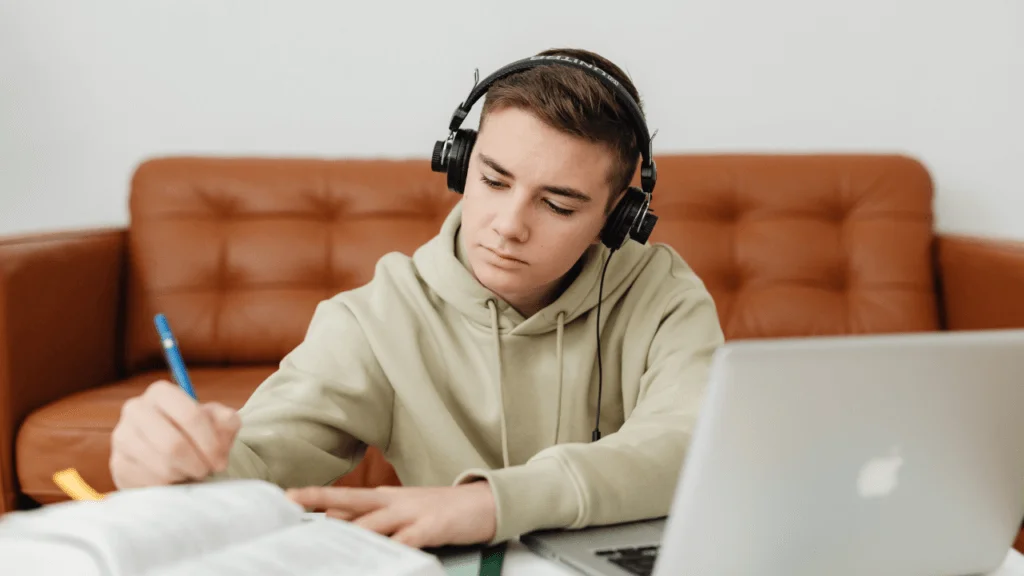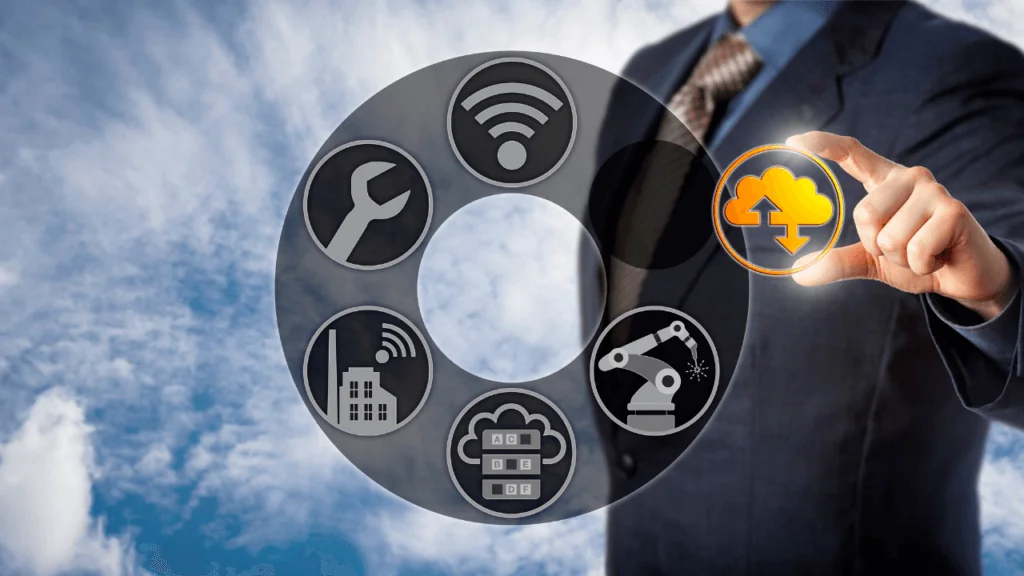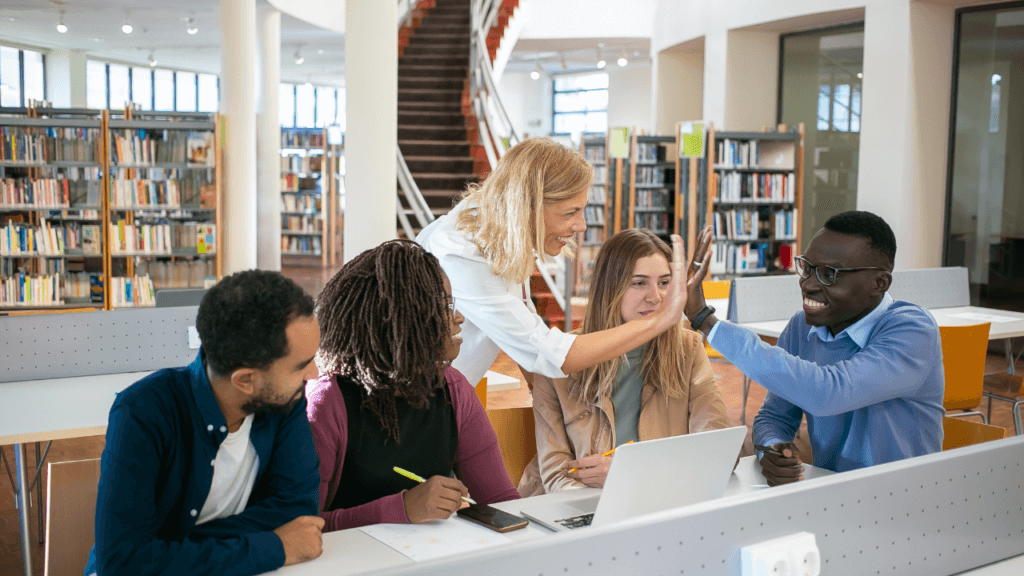Captured lectures are accessible both to students in real-time (live) and for future use (captures), enhancing flexibility for students, while also helping improve learning and increase course material understanding.
How Do Captured Lectures Benefit Students in Traditional Classrooms?
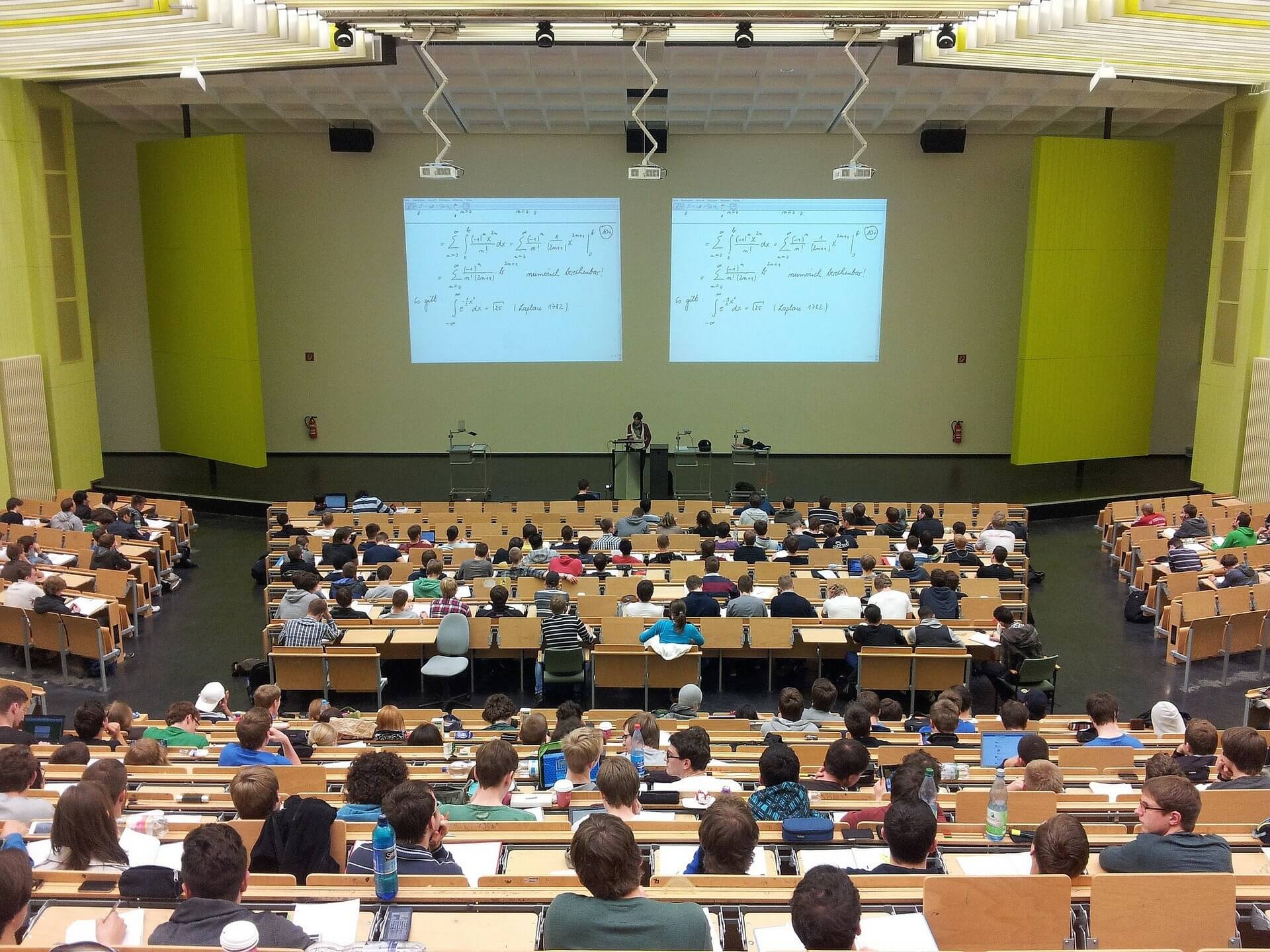
Traditional students can take advantage of lecture broadcasts to rewatch a difficult concept, catch up if they were unable to be in class, review their notes, and to prepare for tests. In fact, a 2019 study conducted by Computers & Education found that “students make significant use of lecture recordings, throughout the academic session, and place great value on recordings for note-taking, more in-depth understanding or clarification, and assessment preparation.”
Lecture Capture Can Help Meet the Needs of All Learners
Lecture broadcasts, complete with multimedia integration, can meet the needs of different types of learners, including visual and auditory.
According to the Visual Teaching Alliance:
- The brain processes visual information 60,000 faster than text.
- Visual aids in the classroom improve learning by up to 400 percent.
Recording lectures also is one way to improve learning experience for auditory learners, who can focus on listening closely and processing information during class and then listen to the recording later to take notes on the most important information.
For students with special learning needs, lecture broadcasts can take the place of notes or low-quality in-class recordings, and improve a student’s ability to learn. Providing captions and audio can help students with hearing or visual impairments.
Research has suggested that many students found access to lecture capture to be empowering because it enables them to take control of the learning process. Exploring lecture capture can enrich both online and in-person learning for students and offer faculty new ways to improve learning and retain students.
